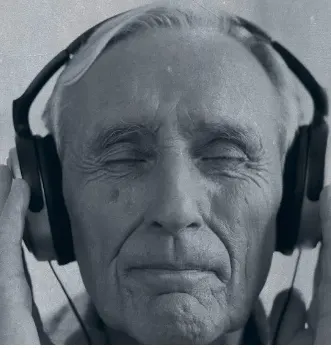Common symptoms of Alzheimer’s disease include memory loss, language problems, and impulsive or unpredictable behavior.
One of the main features of the condition is the presence of plaques and tangles in the brain. Another feature is a loss of connection between the nerve cells, or neurons, in the brain.
These features mean that information cannot pass easily between different areas of the brain or between the brain and the muscles or organs.
As the symptoms worsen, it becomes harder for people to remember recent events, to reason, and to recognize people they know. Eventually, a person with Alzheimer’s disease may need full-time assistance.
According to the National Institute on Aging, Alzheimer’s disease is the sixth leading cause of deathTrusted Source in the U.S. However, other recent estimates suggest that it may be the thirdTrusted Source leading cause of death, just behind heart disease and cancer.
Alzheimer’s disease is a progressive condition, meaning that the symptoms get worse over time. Memory loss is a key feature, and this tends to be one of the first symptoms to develop.
The symptoms appear gradually, over months or years. If they develop over hours or days, a person may require medical attention, as this could indicate a stroke.
Memory loss: A person may have difficulty taking in new information and remembering information. This can lead to: repeating questions or conversationslosing objects forgetting about events or appointmentswandering or getting lost Cognitive deficits: A person may experience difficulty with reasoning, complex tasks, and judgment. This can lead to: a reduced understanding of safety and risks difficulty with money or paying bills
difficulty making decisions difficulty completing tasks that have several stages, such as getting dressed
Problems with recognition: A person may become less able to recognize faces or objects or less able to use basic tools. These issues are not due to problems with eyesight.
Problems with spatial awareness: A person may have difficulty with their balance, trip over, or spill things more often, or they may have difficulty orienting clothing to their body when getting dressed.
Problems with speaking, reading, or writing: A person may develop difficulties with thinking of common words, or they may make more speech, spelling, or writing errors.









